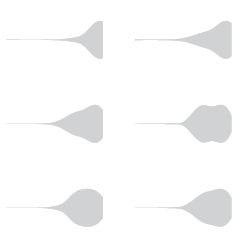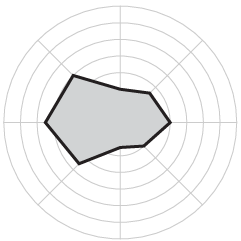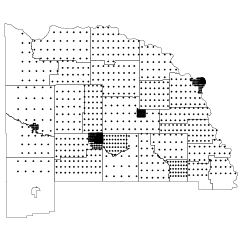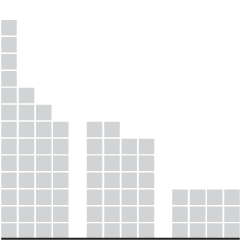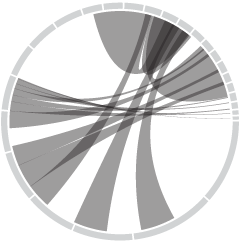Linda Eckstein sent this graphic along to show the main ideas of Russ Baker’s Family of Secrets. In Linda’s words, “[T]he idea was for me to come up with a visual representation of the scope and complexity of Baker’s book. In a way, it’s the unWordle. Wordle only analyzes what is said, sometimes it’s necessary to remind the public of what is NOT said.”
From Vanity Fair:
The editors of VF.com, fascinated by the concentric circles of intrigue and coincidence that connect the Bushes to various nerve centers, nefarious and benign, commissioned information designer Linda Eckstein to concoct a graphic device that would serve as a sort of 21st century Power Crib Sheet. Consider it a modern-day version of those 1960s and 70s conspiracy theory flow charts that sought to drag the apparatus of the oligarchs, the generals, and the spooks out of the shadows. The result is this VF.com exclusive, a loopy, labyrinthine Family of Secrets bullseye—part eye chart, part pie chart, part Otto Preminger-esque movie poster for the Bush-whacked masses.
[Thanks, Linda]









 Visualize This: The FlowingData Guide to Design, Visualization, and Statistics
Visualize This: The FlowingData Guide to Design, Visualization, and Statistics
